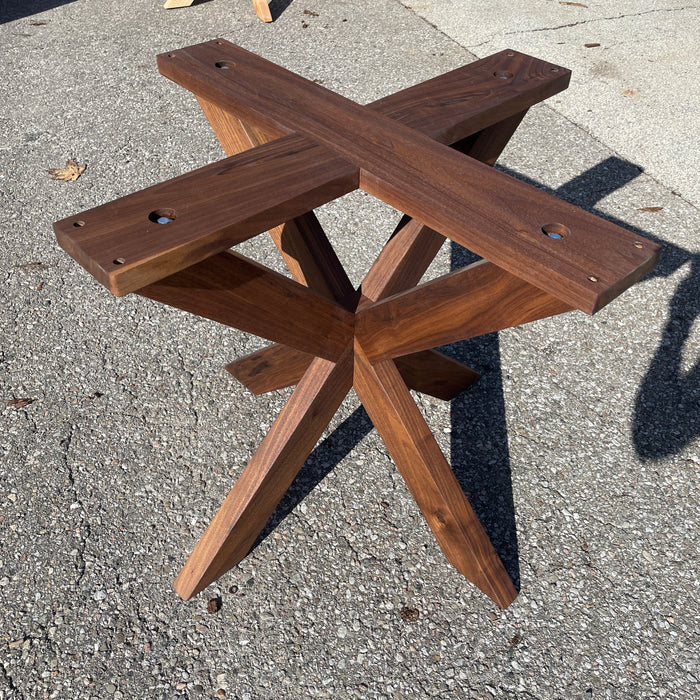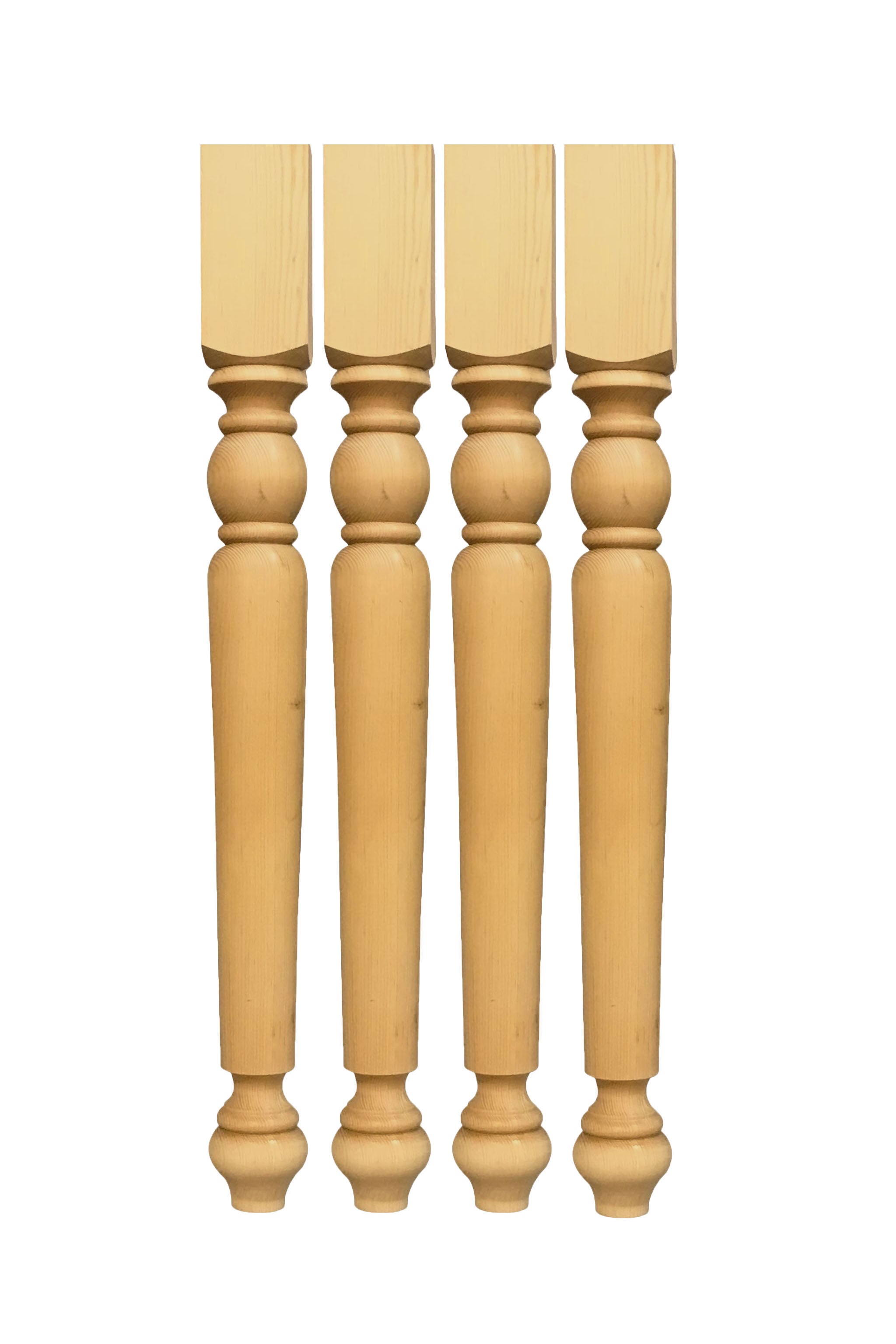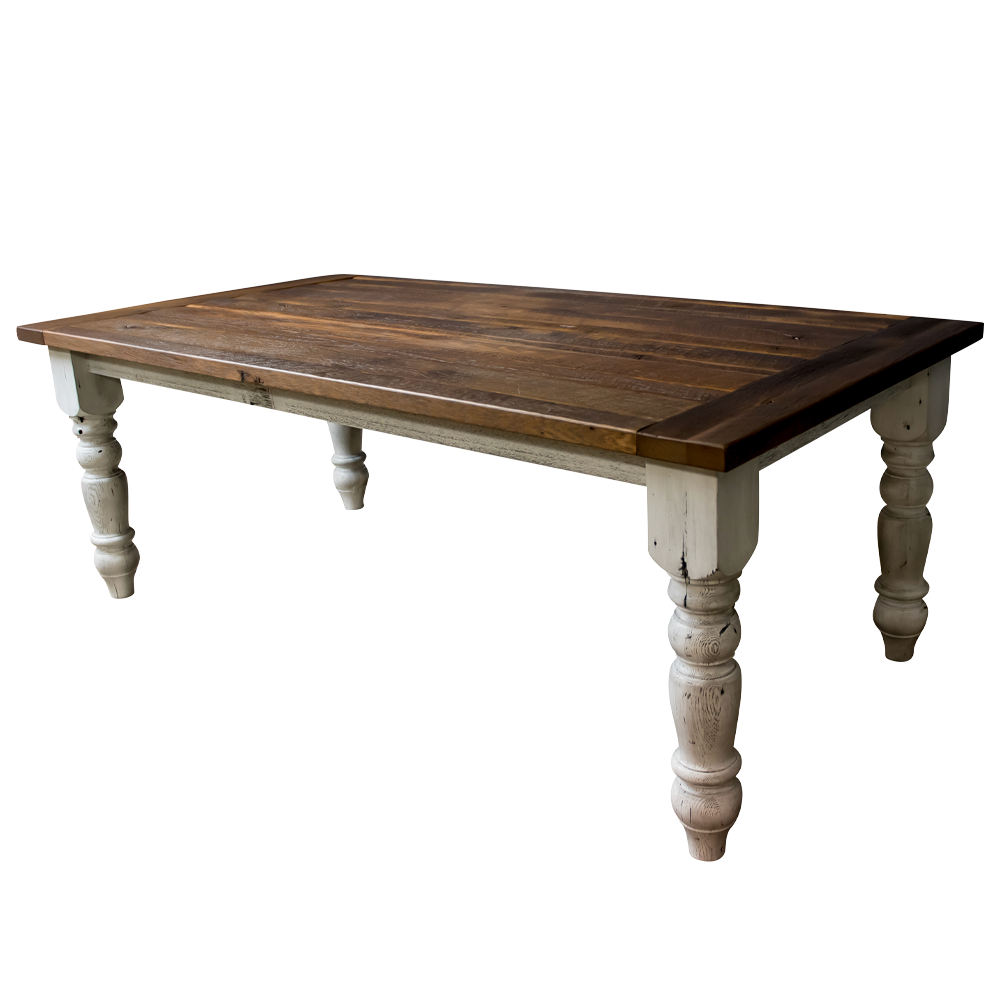Boost Your Dining-room's Visual with High-Quality Dining Table Legs Wood
Boost Your Dining-room's Visual with High-Quality Dining Table Legs Wood
Blog Article
Necessary Considerations for Choosing the Right Table Legs Wood
Choosing the appropriate timber for eating table legs entails a nuanced understanding of various variables that affect both functionality and visual charm. The option of wood type, varying from robust woods to more fragile softwoods, plays a critical function in making certain durability and security. Each of these aspects can drastically affect the total experience of your dining room.
Importance of Timber Kind

Hardwoods, such as walnut, oak, and maple, are commonly favored for their strength and resistance to wear. These types of wood offer a robust structure that can withstand everyday use, making them optimal for eating tables that experience constant gatherings. On the other hand, softer timbers like want may be much more prone to damages and scrapes, which might not be perfect for high-traffic locations.
Moreover, the selection of wood can likewise influence the simplicity of maintenance. Some timbers require routine oiling or sealing to protect their look, while others might be more flexible. Eventually, picking the ideal timber type entails stabilizing visual considerations with practical needs, guaranteeing that the eating table legs not just look enticing but additionally stand the test of time.
Assessing Stability and Stamina
When examining table legs, one should consider the stability and toughness they provide to the general structure. The legs are critical in sustaining the tabletop and making certain the dining experience is risk-free and pleasurable. A steady table is necessary for avoiding tipping or tottering, which can result in spills or accidents throughout dishes.
The selection of timber kind significantly influences strength. Hardwoods such as maple, oak, and walnut are commonly a lot more durable and long lasting than softwoods like want or fir. Furthermore, the thickness and style of the legs play a crucial function; thicker legs or those with a tapered layout can supply better assistance and stability.

Visual Considerations
While capability is vital, the visual appeal of table legs can not be ignored, as they dramatically affect the total style and setting of the eating area. The option of timber, style, and coating can enhance or detract from the table's visual impact.

Surfaces additionally play a crucial function in appearances. A natural coating can highlight additional reading the wood's intrinsic charm, while painted or discolored legs can present color and character into the area. The proportion and range of the legs relative to the tabletop and bordering furnishings must be considered to ensure visual equilibrium and communication.
Ultimately, the dining table legs must not just offer a useful function yet also add to a natural and welcoming ambience, making them an essential consideration in the overall layout of the eating location.
Maintenance Requirements
To make sure durability and maintain the beauty of wooden table legs, routine upkeep is essential (Dining Table Legs Wood). Timber is a natural product that can be vulnerable to harm from wetness, heat, and wear. Consequently, establishing a routine care strategy will significantly improve the toughness of your dining table legs.
Begin with normal cleaning making use of a soft, lint-free fabric to remove dust and debris that can scratch the surface area. For even more extensive cleaning, use a mild soap service and more info here damp fabric, preventing excess dampness that could permeate into the timber. It is recommended to apply a top quality timber gloss or conditioner every few months to nurture the wood and maintain its luster.
Deal with any scratches or dents without delay with ideal timber filler or touch-up pens to stop further damage. By adhering to these maintenance needs, you will not only maintain the aesthetic allure of your wood eating table legs however likewise extend their functional life-span.
Budget and Expense Variables
Budget and expense elements often play an important role in the decision-making procedure for choosing wooden dining table legs. When assessing alternatives, it is crucial to develop a clear budget plan that lines up with your total furniture financial investment. The cost of wooden table legs can differ significantly based on the kind of layout, timber, and workmanship complexity.
Woods such as cherry, walnut, and oak commonly command higher prices because of their longevity and visual appeal. On the other hand, softer timbers like want may be a lot more budget friendly yet could not supply the same durability. Furthermore, personalized or artisan-crafted legs can incur extra expenses, mirroring the skill and time bought their creation.
It is also vital to consider the potential long-lasting value of your financial investment. While choosing lower-cost products may appear economically sensible originally, they might call for even more regular substitute or repair services, ultimately boosting general expenditure.
For that reason, balancing top quality and expense is necessary. Prioritize products that fulfill your aesthetic choices while guaranteeing they fit pleasantly within your budget plan, allowing you to develop an eating area that is both aesthetically enticing and useful.
Final Thought
Finally, selecting the appropriate timber for dining table legs requires careful Read Full Article factor to consider of different variables, including wood type, stability, looks, upkeep, and spending plan. Woods such as oak and walnut provide superior toughness and toughness, while design and density add to general security. Visual appeal and maintenance needs should line up with individual choices and lifestyle. Ultimately, a knowledgeable decision will enhance the longevity and aesthetic allure of the table, making certain complete satisfaction and performance for years ahead.
Selecting the best type of wood for eating table legs is crucial for both visual charm and architectural stability. Inevitably, choosing the ideal timber kind involves balancing aesthetic factors to consider with functional needs, ensuring that the dining table legs not only look attractive however also stand the examination of time.
It is advisable to use a high-grade timber gloss or conditioner every couple of months to nourish the wood and maintain its luster.
The expense of wood eating table legs can differ significantly based on the type of layout, workmanship, and timber complexity.
In final thought, picking the proper timber for dining table legs requires careful factor to consider of different factors, consisting of timber kind, stability, looks, upkeep, and spending plan.
Report this page